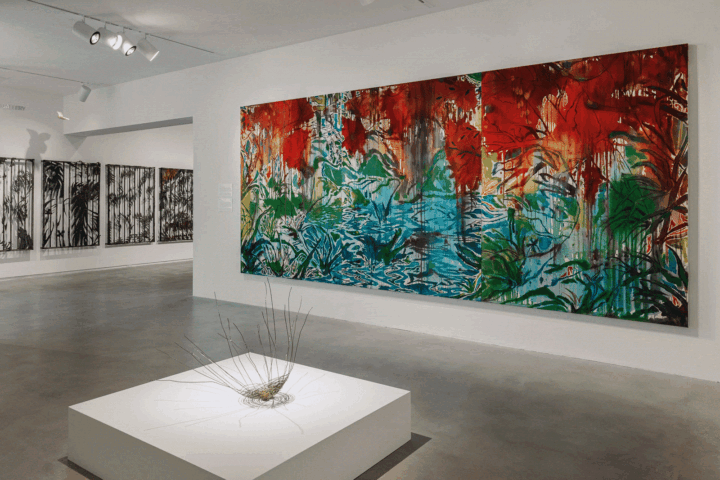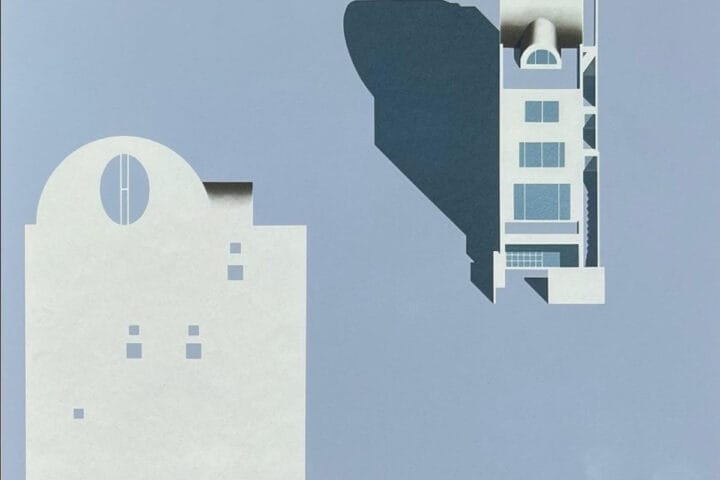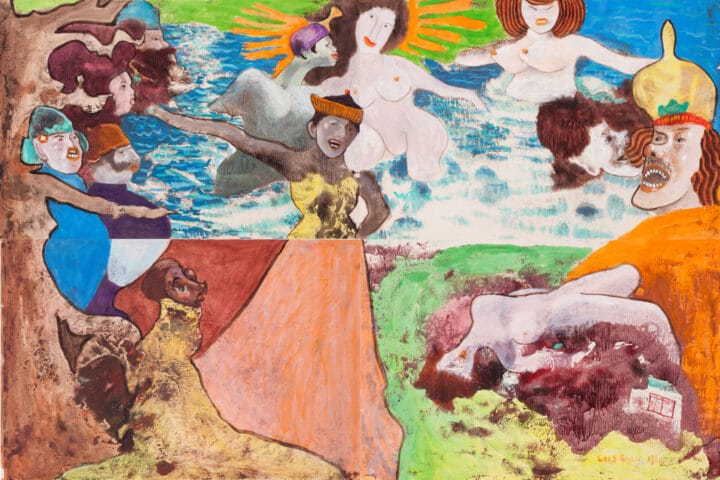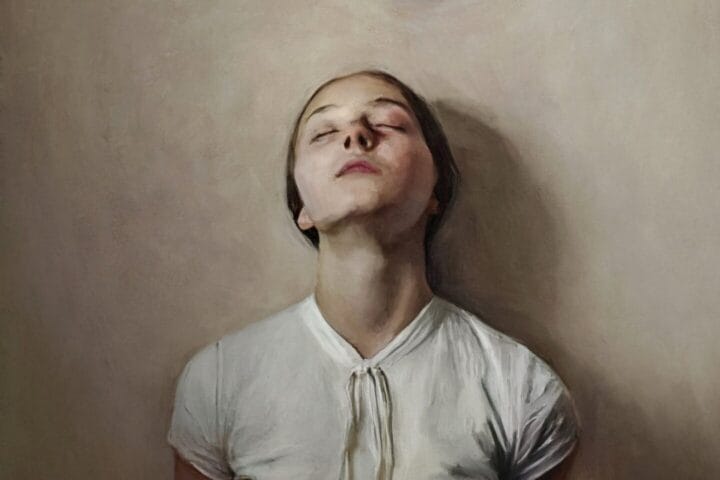NEW YORK, 30 November 2023 – The royal portraits of the family of King Philip IV of Spain by Diego Velázquez – described by Édouard Manet as ‘The Painter of Painters’ – rank among the artist’s most important contributions to art history. Next February in New York, Sotheby’s will offer for sale a work that is emblematic of this great achievement: Velázquez’s full-length portrait of Isabel de Borbón, Queen of Spain.
A tour de force in the art of portraiture, Velázquez’s dazzling depiction of Isabel de Borbón is of a caliber and importance rarely, if ever, seen on the open market (most royal portraits of this significance, remain, by their nature in royal or museum collections). The last time a portrait of this caliber by Velázquez came to auction was 1970, when his Juan de Pareja sold for £2.3m – almost tripling the previous world auction record for any painting.
Among the most valuable Old Master Paintings ever to come to the market, Isabel de Borbón, Queen of Spain is expected to realize in the region of $35 million.*
Painted at a transformative moment in Velázquez’s career, the 2-meter high canvas depicts Queen Isabel of Spain (known prior to her marriage to Philip IV as ‘Élisabeth de France’), daughter of Henri IV of France and his second wife, Marie de Médicis. Depicted in her twenties, she stands confidently in a dazzling black court dress, her attire, stance and demure expression reinforcing her imposing status. She is at the height of her powers – a beloved and respected Queen, widely admired for her quick wit, intelligence and generous spirit.
Given the status of its sitter, the painting also has a suitably illustrious provenance. It hung for many years at the Buen Retiro palace in Madrid, as a pendant to Velázquez’s Philip IV in Black, now at the Museo del Prado. After Napoleon’s invasion of Spain in 1808, it was taken to France, where it was later displayed in King Louis Philippe’s Galerie espagnole in the Louvre until the King’s fall from power in 1838. It was then sold to merchant banker and noted book collector Henry Huth, who hung it at Wykehurst Park in Sussex, England, and in whose family it remained until it was sold in 1950 – the last time it was on the public auction market. It has been in the collection of its current owners since 1978.
Ahead of its sale in New York in February 2024, Isabel de Borbón, Queen of Spain will be displayed in the UK for the first time in half a century, at Sotheby’s New Bond Street Galleries from 1st to 6th December. The exhibition, which is free and open to the public, will also showcase a rare, rediscovered painting by Rembrandt, alongside outstanding works by female artists of the 17th and 18th centuries, among them Elisabeth-Louise Vigée le Brun, whose fascinating life story is charted in a series of intimate yet dazzling works, led by an exceptional self-portrait which ranks among the artist’s greatest achievements.
Following its exhibition in London, Velázquez’s masterpiece will return to New York for a pre-sale exhibition ahead of Sotheby’s annual Master Paintings auction on February 1st, 2024.
* The current auction record for a work by Velázquez is $16.9m, for artist’s Saint Ruffina sold at Sotheby’s London in 2007.)
Diego Rodriguez de Silva y Velázquez’s Isabel de Borbón, Queen of Spain
Diego Velázquez is among the most influential Spanish painters of all time, whose work has continued to inspire other leading artists through the ages, from Édouard Manet to Francis Bacon. His early works of kitchen scenes (bodegones) were the first of their kind to be painted in Spain and demonstrate an incredibly bold eye and realist sensibility for such a young artist. Later in his career, he took the art form of portraiture forward in a new and revolutionary way that reached its apotheosis in Las Meninas (now in the Prado Museum in Madrid), a picture that transcends the genre entirely. His later work also includes masterpieces like the arresting portrait of Pope Innocent X (now in the Galleria Doria Pamphilj in Rome), which stands among the most iconic images of all time. But it is his royal portraits, completed at the court of King Philip IV, that ultimately define his enduring success.
Velázquez in fact first painted this portrait in the late 1620s, but – as with the portrait of her husband painted at the same time and now in the Prado – the artist returned to the canvas in 1631-32, re-working various aspects of the costume and composition with a series of changes, some of which – such as the shift of the outline of the skirt – can be seen with the naked eye.
It seems likely that these revisions were prompted by two things: first, a desire to update the costume, image and style of the earlier underlying painting; and second, a simultaneous desire, on Velázquez’s part, to demonstrate a new approach to painting – an approach heavily influenced by the artist’s recent, first-hand encounter with Sir Peter Paul Rubens, then regarded as the greatest artist of the time, and still today a giant among painters. As leading art historian Bill Jordan wrote:
“Velázquez was [then] able… to profit maximally from one of the most fortunate events of his life up to that point — the arrival on a diplomatic mission at court in September of 1628 of the most famous painter in the world, Sir Peter Paul Rubens…. Lodged in the north wing of the palace, and possibly even sharing a studio with Velázquez… Rubens shunned contact with other painters, while spending a great deal of time in the company of Velázquez, who guided him through the Escorial, making sure that he came to know the masterpieces in the royal collection.
It has always been assumed — no doubt correctly — that Velázquez’s eyes were opened to the relevance for him of Titian through his contact with Rubens, who quickly set about copying for his own benefit all the great Venetian’s works in the royal collection. But he possibly learned from watching him work on other things as well….. shortly after his arrival Rubens began a series of other portraits of all the members of the royal family…. Velázquez himself was painting portraits of many of the same individuals at this very time, and it was surely this shared focus on royal portraiture that constituted one of the most transformative lessons of his life — rather like a months-long master class would be for a musician today.
Although it is not documented, it was probably around this time that Velázquez set out to repaint his official full-length likenesses of both Philip IV (Prado) and Queen Isabella de Borbón… as well as a new full-length portrait of the king’s brother the Infante Don Carlos.
The two new portraits of the monarchs were painted directly on top of his own original likenesses that had already been copied by his workshop several times, converting them into new prototypes that reflected this remarkable transformation, or maturation, of his style. The smooth modeling and dour outlook of his first royal portraits… were replaced by a lighter elegance of concept and a fluidity and confidence in the handling of paint that must surely have resulted from this shared experience with the great master from Antwerp, the perfect mentor at the right moment.”














